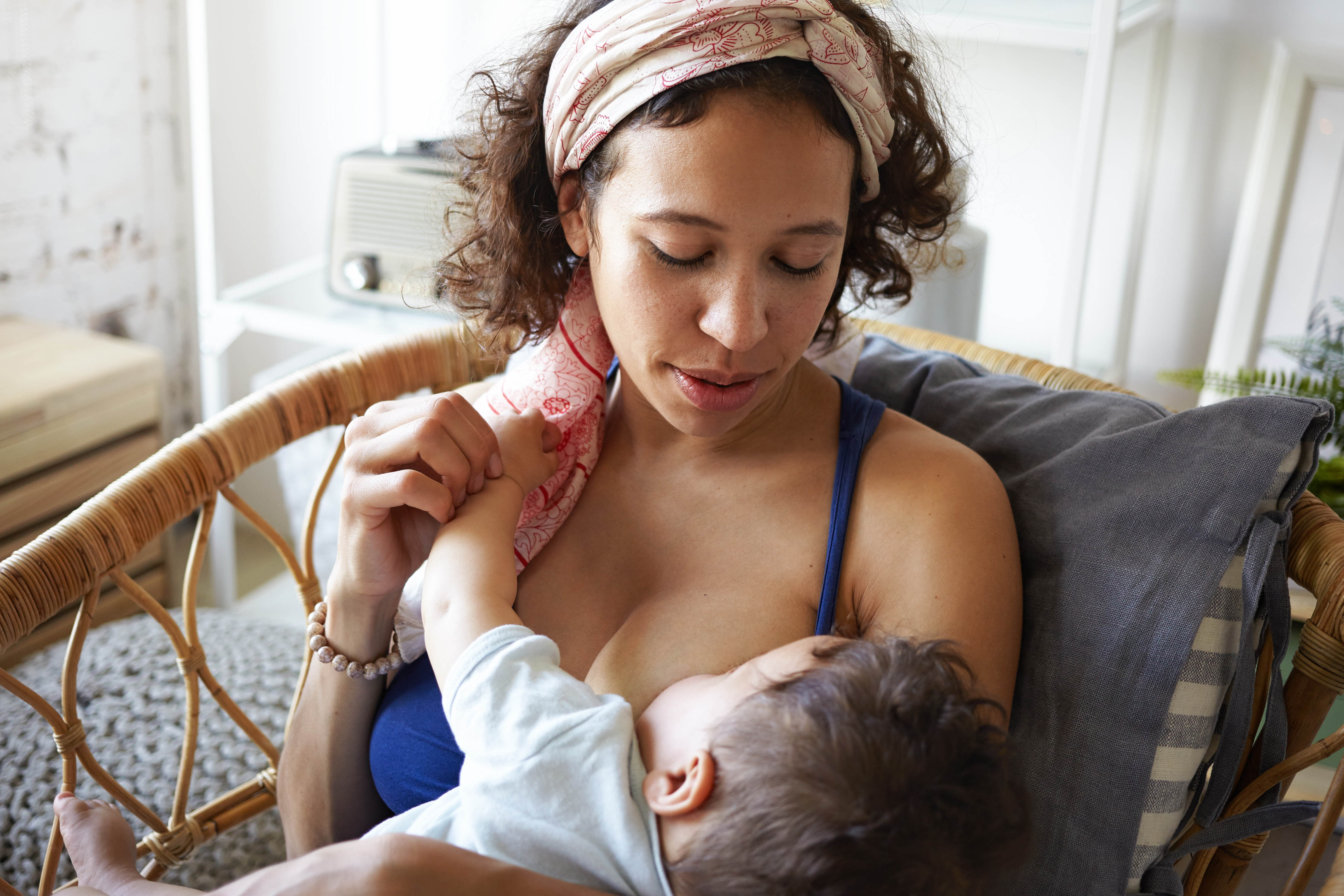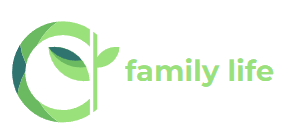
Anyone who's suffered from sore nipples can attest: It hurts. A lot. So much so, in fact, that despite your best intentions (not to mention a healthy dose of biting the proverbial bullet), you're ready to give up on breastfeeding.
But “prolonged nipple pain is not normal and is usually quite fixable," says Christina J. Valentine, M.D., medical adviser for neonatal nutrition and lactation at Columbus Children's Hospital. Mild discomfort is normal in the first few days of nursing, particularly when the baby latches on. But tenderness that lasts longer than a week, or throughout the entire breastfeeding session, indicates a problem.
To avoid discomfort, research proper breastfeeding techniques before you have your baby. Take a class at your local hospital or through La Leche League International (lalecheleague.org). Also pick up a good book, such as Breastfeeding Made Simple: Seven Natural Laws for Nursing Mothers (New Harbinger Publications).
And if problems do arise, be sure to address them immediately. "Don't wait a month to get help," says pediatrician Jack Newman, M.D., head of the Newman Breastfeeding Clinic in Toronto. "The earlier you catch a problem, the easier it is to fix."
Meanwhile, here's a look at the five most common causes of nipple pain, along with tips on what you can do to prevent and ease discomfort.
Causes of Sore Nipples While Breastfeeding
Poor Latch
The most common cause of nipple pain is an improper latch. Such discomfort is piercing, immediate and short-lived, typically occurring as soon as your baby starts nursing and gradually subsiding during the feeding.
When your child's nursing, keep his head level with your breast; if you hold him lower, he'll pull down on the nipple, which can irritate it. If necessary, place a firm pillow under the baby to elevate him to breast level. Also try gently pushing his chin down so he can get more of your breast in his mouth. It should be open enough to take in the entire nipple and a good portion of the areola (the dark area around the nipple).
Ankyloglossia
Also known as tongue-tie, this is a relatively common condition in which the frenulum, the bit of tissue that attaches the tongue to the floor of the mouth, is too short to allow for proper tongue movement. This can contribute to sore nipples. Look to see if the tip of your baby's tongue is heart-shaped or if you have difficulty fitting your finger between his tongue and the floor of his mouth. If so, he may be tongue-tied; talk to your pediatrician. The condition can be fixed by snipping the tissue in a simple office procedure.
Yeast Infection
If your pain is burning or stabbing and does not lessen as the feeding progresses, it is likely due to a yeast infection known as candidiasis. Yeast grows in warm, dark, moist places, putting nursing nipples at risk.
To prevent candidiasis, use washable cotton breast pads instead of plastic-backed disposable brands; change and wash them, as well as your bra, frequently. In addition, keep the area as dry as possible by exposing your breasts to air in between feedings.
"Hold a hair dryer, placed on the cool setting, approximately 10 inches from your breasts to dry the area before putting your bra back on," Valentine suggests. Also avoid using soap on your breasts and rubbing harshly when washing or drying them; this can lead to cracked nipples, which in turn can set the stage for problems.
Vasospasm
Vasospasm of the nipples is caused by excessive blood-vessel constriction due to temperature change. Symptoms include burning or throbbing pain and nipples that turn white immediately after feeding. The condition needs to be medically managed, usually with oral medications that are safe for nursing babies.
An Unusual Suspect
Chronic nipple pain can signal that you're pregnant. If the pain lasts well after a feeding, you may want to take a pregnancy test.
Some women worry that nipple pain may be caused by breast cancer, but this is extremely rare. "Pain is usually a late symptom of breast cancer," says Newman, "and there would be other signs such as a lump or inflammation." Still, see your doctor if your symptoms are isolated to one breast and do not clear up with regular treatment.
How to Treat Sore Nipples
Breastfeeding expert Jack Newman, M.D., recommends using all-purpose nipple ointment for sore nipples. Your doctor will need to write you a prescription for it; since the product isn't available commercially, your pharmacy must compound it using the following ingredients:
Mupirocin 2 percent ointment (not cream): 15 grams Betamethasone 0.1 percent ointment (not cream): 15 grams Miconazole powder: In an amount sufficient that the final concentration is 2 percent miconazole
Newman also says calendula ointment, grapefruit seed extract, or even olive oil may be comforting. "Anything greasy can help," Newman explains. If you have candidiasis, it also may be helpful to take a lactose-free acidophilus supplement two or three times a day.

